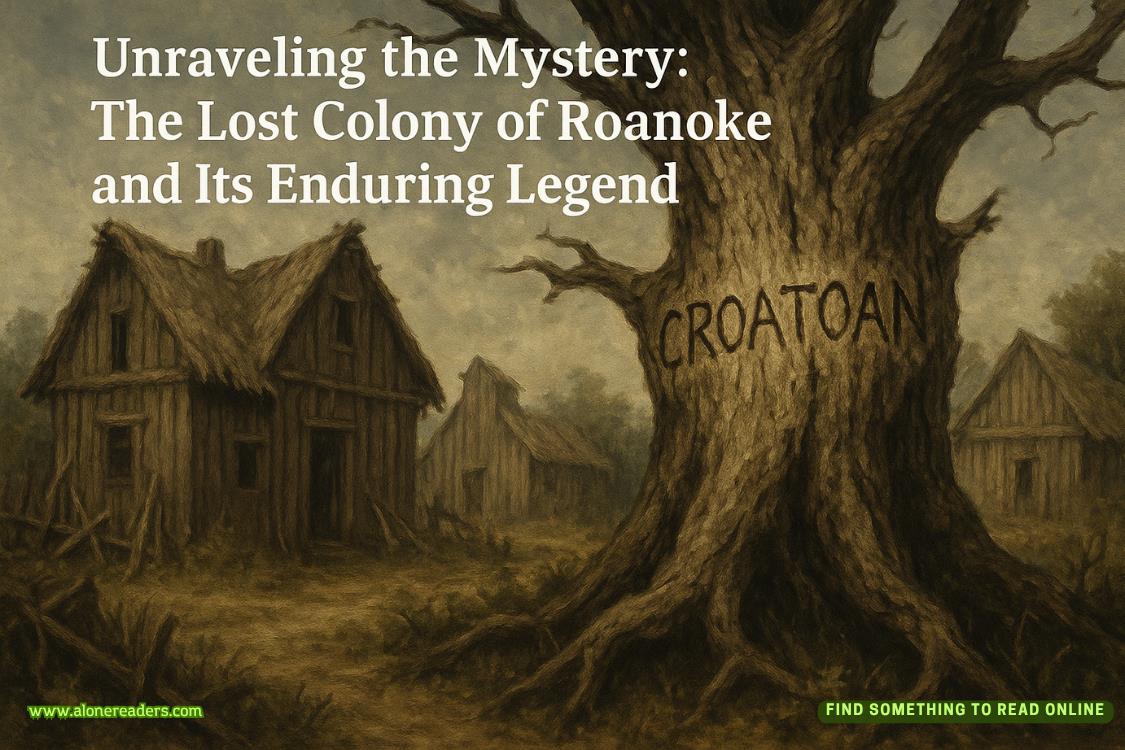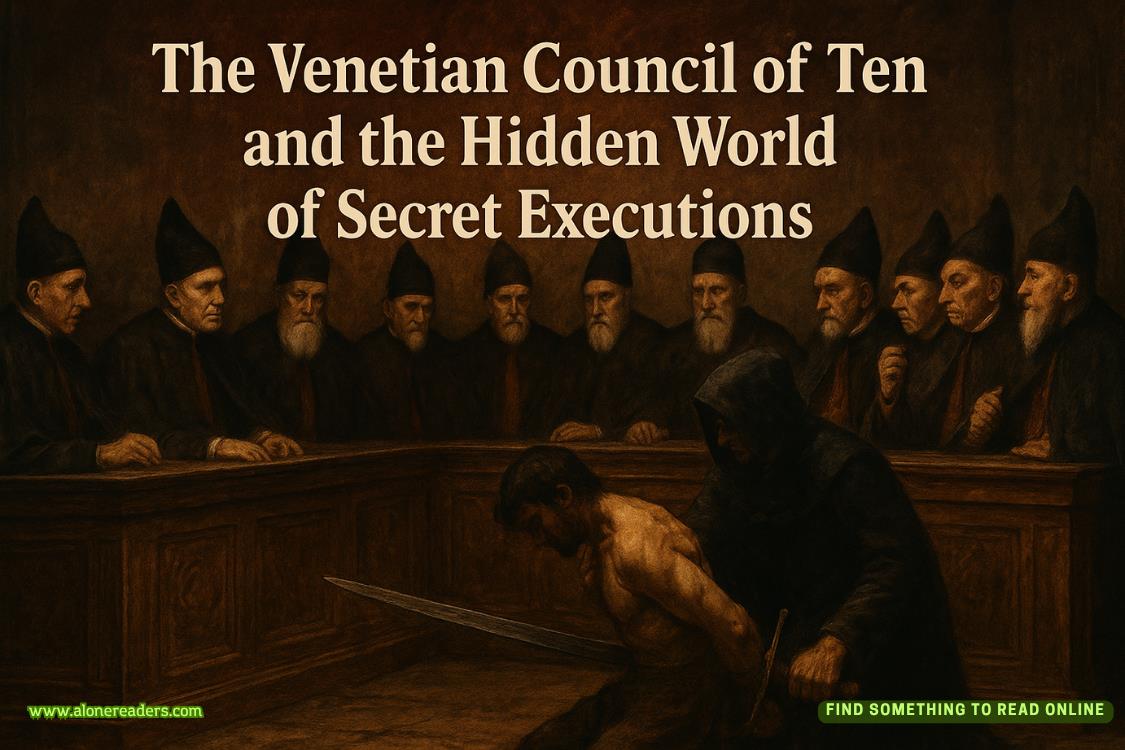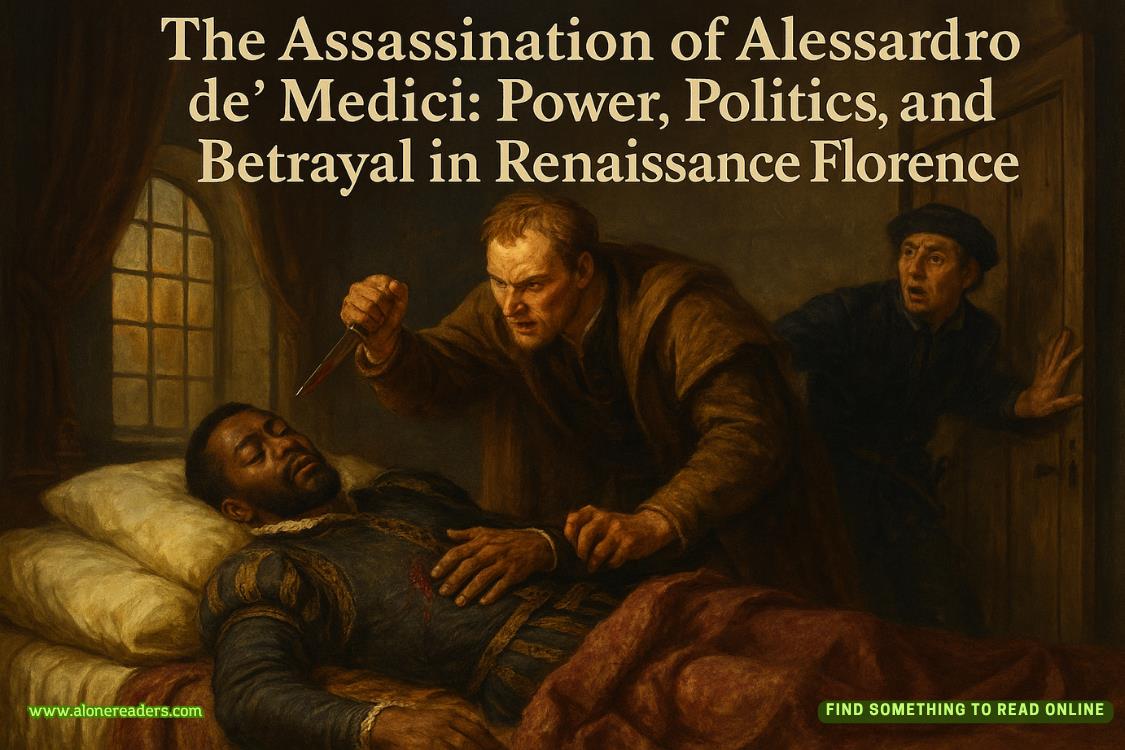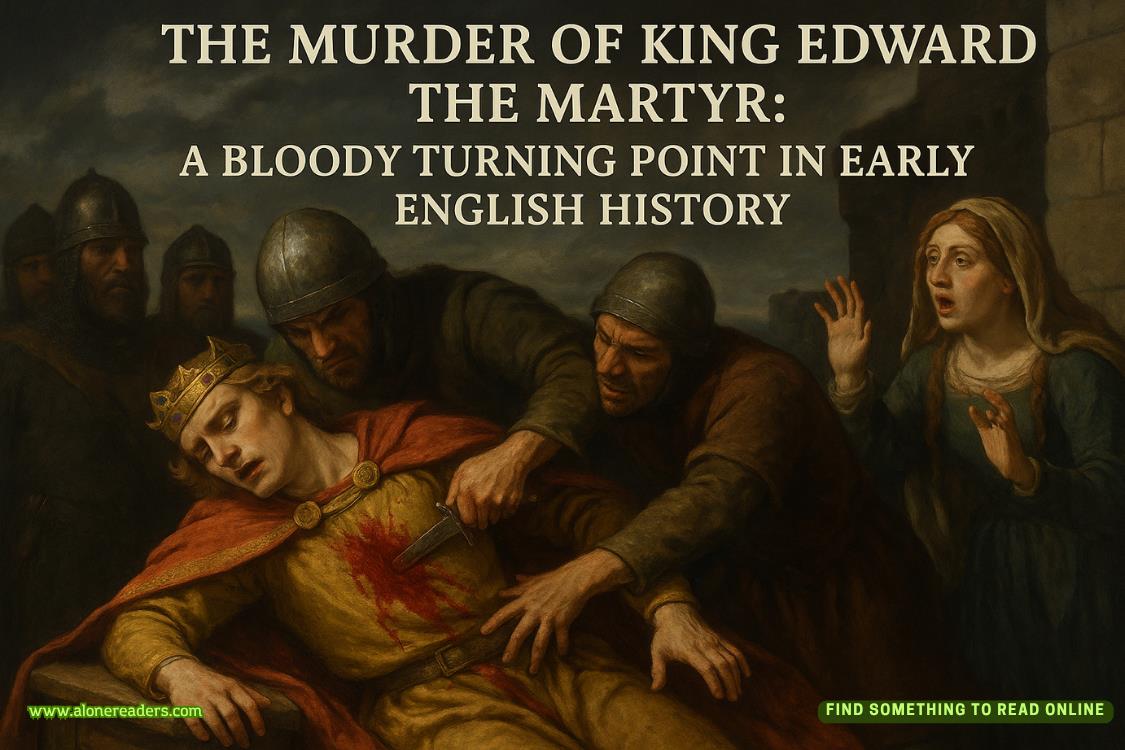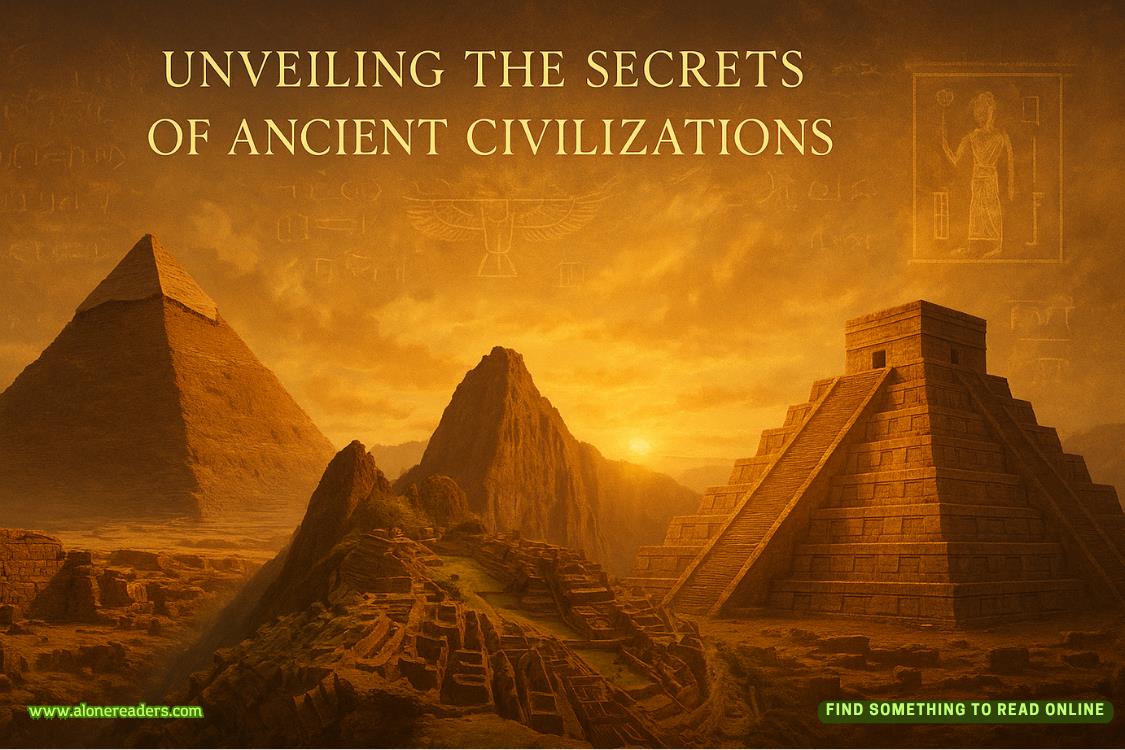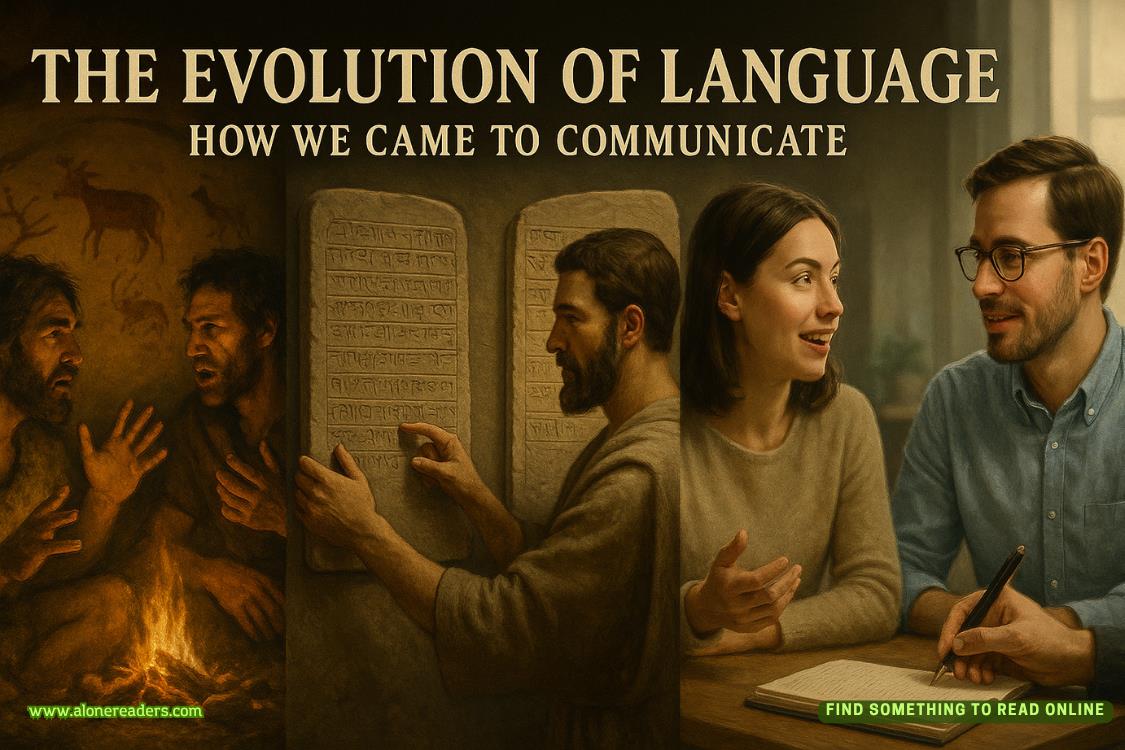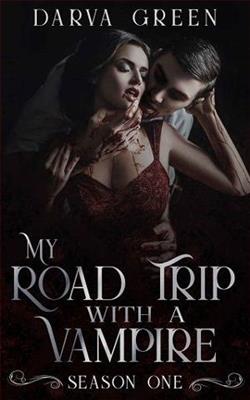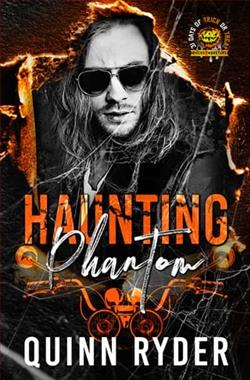Page 88 of Nobody's Fool
“No, sir, we aren’t going to waste time and resources bringing two douchenozzles into the station. It’s your lucky day. We are going to let you both go with just a warning. You”—he points to Scraggly Dude—“get out of here. Now. You”—he points to me—“youwait with us for a few minutes and then head in the other direction. We clear?”
“Get his name,” I say.
“We don’t want his name. And if we got it, we are not giving it to you.” Then he turns to Scraggly Dude. “Go.”
Scraggly doesn’t have to be told twice. He starts running with the noodle arms.
When they uncuff me, I quickly reach for my phone, so I can take a pic. I worry for a moment the two cops might startle, think I’m reaching for a gun, but they don’t move in the slightest. Still, by the time I get my phone up, Scraggly Dude and his noodle arms are gone. A moment later, so are the cops. I get up off the curb.
A Pakistani man steps out of the door and says to me, “Turn on your AirDrop.”
“Why?”
“Just do it, please.”
I do. The man clicks an icon on his phone—and a photograph of Scraggly Dude, clear as day, comes through. The man smiles at me.
“Thank you,” I say to him.
He nods and disappears back into the store.
As I walk back to my apartment, I send a WhatsApp message to my special students to meet tonight. I also call my dad and ask him to come over tonight and hang with Molly and Henry, because I have class and I don’t want to leave them alone. I stare at the picture of Scraggly Dude my Lot-Less friend had taken and zoom in on the face tattoos.
The five dots.
Gun Guy was right. He had served time.
I debate sending Marty the photograph of Scraggly Dude to get an ID, but while that works on television, it doesn’t in real life. I’ve hadcases—too many to name—where we had crystal-clear surveillance footage of suspects caught in the act, but we still can’t figure out who they are. You have to post the pictures to the public or get them on television. That’s how you get a name. You’ve undoubtedly seen on the local news or more recently, some social media account, the grainy surveillance photos in those “the police need your help in identifying the suspect” type stories.
Still, I text Marty the photograph and ask him to help identify the guy.
Two seconds later, Marty calls. “What’s this about?”
“The guy was following Molly.” I fill him in. He agrees that the odds we will get something are slim, but he will see what he can do.
Then I add, “I got hired for a pretty big job.”
“Nice,” he says. “By?”
“The Belmond family.”
Silence from Marty.
“No reaction?”
“You tell me out of the blue you might be able to solve the Victoria Belmond case, even ask me to get you info on the case, and boom, the family hires you.”
“Yes.”
“So either you were soliciting business in a cold-call fashion,” Marty says, “or you aren’t telling me your real connection to the case?”
Now I’m the silent one.
“I’m betting on the latter,” Marty says.
I’m not sure how much to give here. “I may have seen her while she was missing.”
“Victoria Belmond?”
